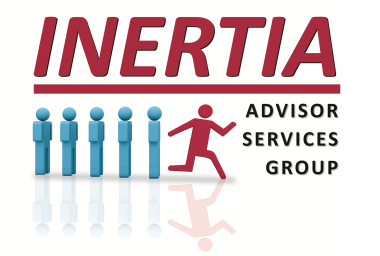Understanding The “Foundation” of a Client's Long-Term Care Plan
A solid foundation is the key to any building or structure standing the test of time, and the same is true when implementing a Long-Term Care (LTC) plan for your clients. For example, imagine two houses next to one another, and from the outside, they look nearly identical. However, what can’t be seen is that one has a fully finished basement, and the other sits on a slab without a basement. With respect to LTC planning, don’t make the mistake of looking from the outside and assuming all plans are the same.
There are a number of steps to take before implementing an LTC plan, including plan design (blueprints), selecting the proper benefit model (foundation), and selecting the proper solutions (structure), but too many consumers and advisors, see only the blueprints or the structure, without looking at the Foundation (benefit model) of the plan. This multi-step approach, as discussed previously, is another reason why LTC planning is a process and not simply a product to be purchased.
Please review the three basic foundations for an LTC plan (below) to help you better understand how these affect the plan you might eventually see. Knowing how these models differ will allow for the customization of a plan that works as intended and provides peace of mind for years to come.
Reimbursement Plans
Under this type of plan, LTC benefits will be reimbursed for qualified expenses as the actual bills are submitted and processed. For example, if someone submits a claim with a $250/day limit for plan benefits, the bills will be submitted and reimbursed up to that $250 limit. Reimbursement plans are also available with monthly limits, where a $250/day benefit, using a monthly benefit multiplier, would provide a plan with $7,500 per month in benefits available for qualified expenses.
Qualifying expenses, under a reimbursement model, usually do not include things like home modification, medical equipment (i.e., walkers), or any other potential expenses associated with the need for LTC. When selecting an LTC plan built on the foundation of a reimbursement benefit model, it’s very important to note what expenses are usually covered and whether those benefits are paid on a daily versus monthly maximum. This is especially important in a comprehensive LTC plan, where some levels of care (i.e., Alzheimer's care) might exceed the limitations of the plan.
Indemnity Plans
Under this type of plan, LTC benefits are paid to the claimant based on the daily or monthly limits; however, there is no requirement to submit actual bills once the claim is initiated. Consider the same $250/day or $7,500/month scenario as a reimbursement plan...
The primary difference is that it doesn’t matter how much the actual charges might be, the claimant will receive the stipulated amount up to the plan limits. Some plans may require a licensed service provider to be involved in the care; however, generally, bills or receipts are not necessary to justify the cost of care. There are some solutions that call for monthly or annual re-verification of services or require copies of bills to be submitted to prove the continued use of a licensed provider.
A cautionary note with the indemnity model is that while it's simple to access benefits, it may deplete the available benefit pool more quickly. Also, since LTC plan benefits are usually received income tax-free, it’s important to know the exact federal limitation on how much can be received to stay under the threshold.
Stepped-Up Income Plans
There are a number of new options, usually an Asset-Based LTC solution, which can be incorporated with a retirement income plan, to provide a “stepped-up” amount of income should LTC be needed. Some provide a step-up for nursing home care only, while other plans have separate step-up benefits depending on the actual level of care needed.
For example, under normal circumstances, someone with one of these Asset-Based solutions might receive $1,500 per month in guaranteed income. However, should that individual qualify for the LTC benefit under the plan, the income payment could step up to as much as $3,000 per month. We often recommend this type of solution when we use a multi-tiered approach to an LTC plan or when someone has a health issue that would disqualify them from other solutions.
In most cases, this type of benefit model might allow someone to augment their primary LTC plan by using IRA or 401(k) assets. It’s important to note that accessing an LTC plan set up with IRA or 401(k) dollars will result in the benefits becoming “ordinary income” and taxed as such. However, the ability to step up income can be a significant benefit for a spouse/partner relying on the initial guaranteed income stream.
Let's discuss the options you may want to encourage clients to consider for their Long-Term Care Planning.
20230913

